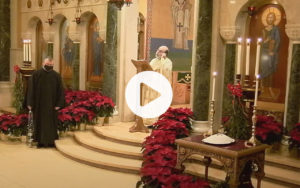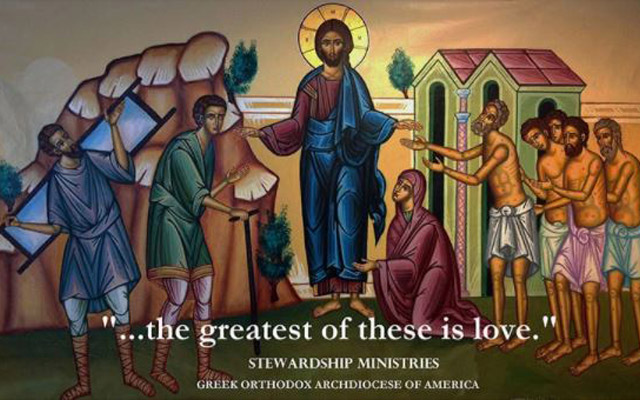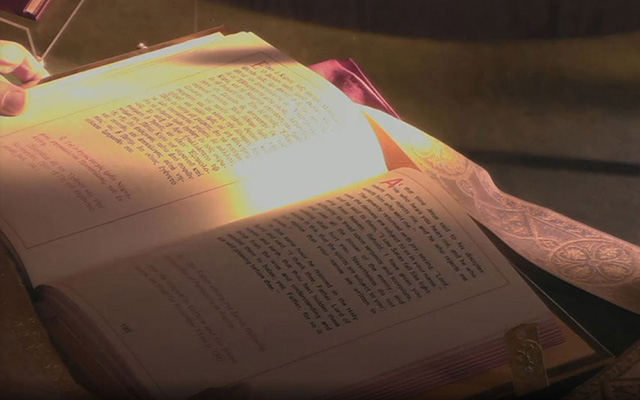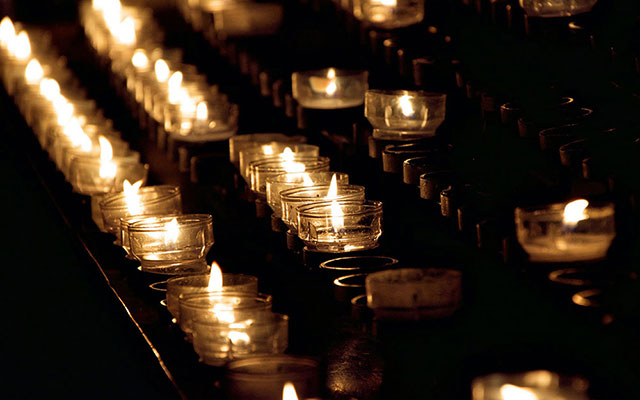Saint Gregory Nazianzus
Gregory, known as “the Theologian” in Byzantine Christianity, was a very wealthy man, the son of a bishop, and a close associate of the leading theologians of Cappadocia (Turkey) in the fourth century. He was the most educated Christian leader of his generation and wrote extensive treatises, letters, poems, and sermons. He was copied almost as many times after his lifetime as was the Bible, and so became the most influential of all the






